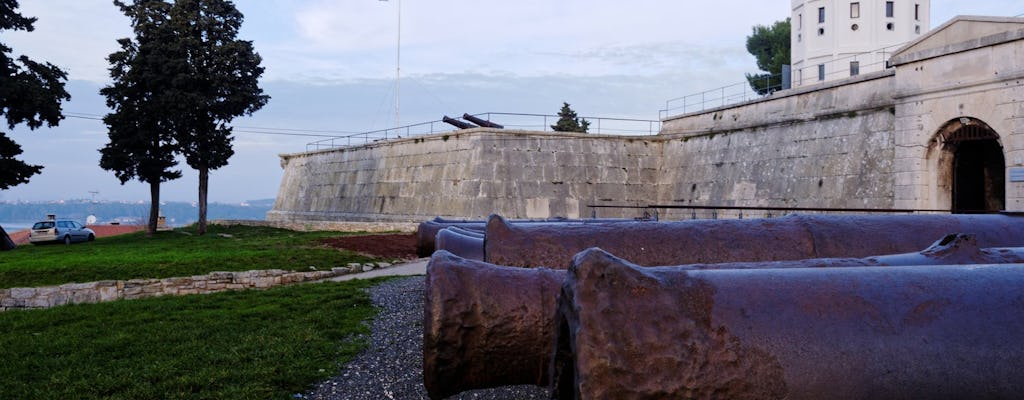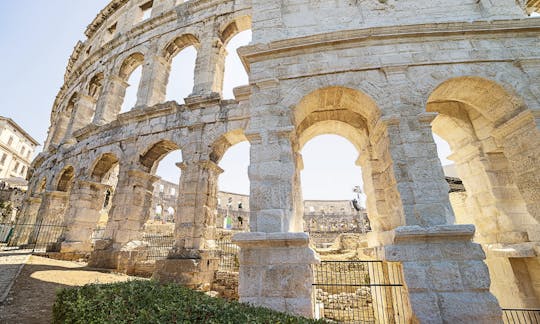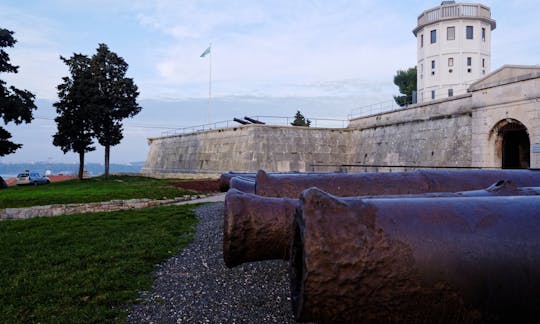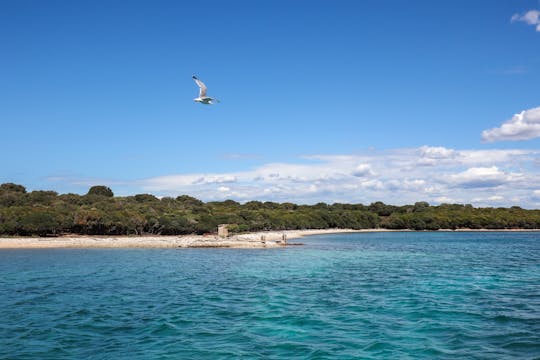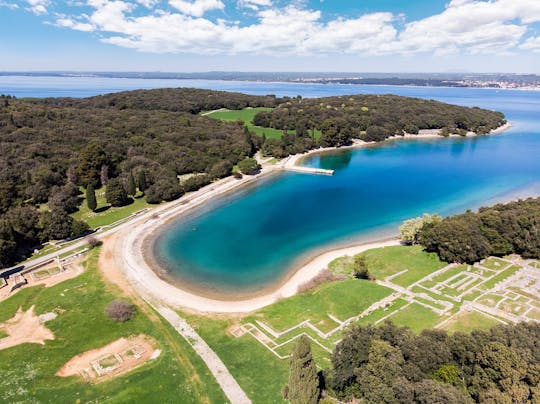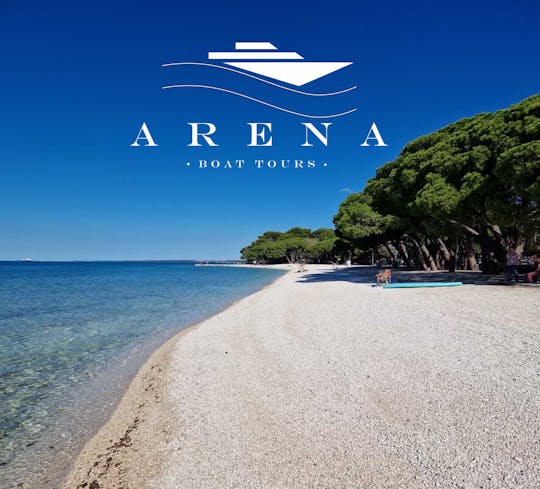The earliest record of a permanent settlement in Pula dates back to the 10th century BC. Founded by the Histri, an ancient Istrian Illyrian tribe, Pula came under Roman control in 177 BC.
During this period, the city flourished and reached its peak with about 30,000 residents, becoming an important Roman port with a large surrounding area under its administration. After the fall of the Western Roman Empire, the city and region were attacked by the Ostrogoths and once their reign ended, Pula came under the Exarchate of Ravenna (540–751). During this period Pula prospered, becoming a Byzantine fleet port and integral part of the Byzantine Empire.
From 788, Pula was ruled by Charlemagne under the Frankish Empire until the Venetians took over in 1331, ruling until 1797. With the collapse of the Venetian Republic in 1797 following Napoleon's Treaty of Campo Formio, the city became part of the Habsburg Monarchy. It 1805, Pula was invaded once again after the French had defeated the Austrians.
In 1813, Pola (with Istria) came back to the Austrian Empire and under the compromise of 1867, the town — under the original Italian name, Pola — remained in Austria-Hungary until the latter's defeat and dissolution in 1918. Under Austrian rule, Pula regained prosperity and its large natural harbour became Austria's main naval base and major shipbuilding center. Following the collapse of Austria-Hungary in 1918, Pola and the whole of Istria – except the territory of Castua – returned to Italy and after World War II became part of Yugoslavia. Since the collapse of Yugoslavia in 1991, Pula has been part of the newly created Republic of Croatia.
Your tour will begin with a visit to the Amphitheater where gladiators fought. It was built in the 1st-century AD during the reign of emperor Vespasian at the same time the greatest and most famous building of its kind was constructed: the Roman Colosseum. The particular structure of the Pula amphitheater exemplifies all the traditional methods of ancient construction, setting it aside from others. The underground passages once used by gladiators today display a permanent exhibition called Olive and Viticulture in Ancient Istria, which presents reconstructions of mills, presses and other machines once used for the production of olive oil and wine as well as amphorae that were used for their storage and transport.
From the Arena, your tour cotinues as you walk past the Hercules temple on your way to the town cathedral, Assumption of the Blessed Virgin Mary. The church is located on Pula Bay's south side at the foot of the 17th-century-Venetian-fort-topped hill. The site of the present-day church has been used for religious worship since ancient Roman times, with the first Christian churches having been built int the late 4th and early 5th centuries.
Next, arrive at the center of everyday Roman life: the Forum Romanum, where you will see the Temple of Augustus, dedicated to the goddess Roma and its namesake emperor.
Pula Communal Palace sits just beside the temple. The Gothic-style building was constructed mostly with old Roman temples. Today, the whole northern part of the Temple of Diana is clearly visible at the back side of the Communal Palace.
Next, you will see the Chapel of St. Maria Formosa, an architectural masterpiece. It is one of the two sixth-century chapels built as part of a large Benedictine abbey that was demolished in the 16th century. Its floor and walls were decorated in mosaics, and it was built in the style of Ravenna churches, the only difference being the use of stone instead of brick.
Next, step back into Roman times by passing through the Golden Gate, a triumphal arch erected by the Sergi, a prominent Roman family. Simple stone-block doors stand between two Medieval towers while the head of Hercules and his truncheon are carved into the top of a damaged arch. From there, you will be directed towards the double doors, so called because of the two arches through which one enters the inner courtyard. Remains of city walls are also visible on the same site.
Next visit the castle, through one of the perpendicular paths that lead to the top of the city's central hill where a star-shaped castle with four bastions was built in 1630. Wishing to protect the city and its harbor, because of it great significance in maritime trade in the North Adriatic, the Venetians commissioned the building of the Castle from the French military architect Antoine de Ville.
Your tour ends at another magnificent Roman gathering place: the Small Roman Theater. The remains of scene, semicircular orchestra and tired section for the audience have partly been reconstructed.
The special blend of Roman, Byzantine and Venetian heritage with the spirit of Austro-Hungarian empire and Croatian tradition will keep this ancient bilingual city in your heart forever.
